Direct to Consumer
We break down what D2C means and if it's the right route to market for your business.
What does Direct to Consumer (D2C) mean?
The traditional method of selling products was to use a retail middleman, but now there has been a dramatic shift in the way brands are selling their wares and choosing to sell Direct to Consumer (D2C) via eCommerce websites and physical stores, rather than use a retail middleman or third party. D2C can be embraced by both well-established brands and new businesses, looking to gain total control of their brand and customer journey.

Effective brands can see seismic growth: Glossier Inc started as a blog in 2010 and now is a millennial makeup company with sales hitting the $100 million mark.
Why would brands choose Direct to Consumer?
From razors to mattresses, many brands are taking back control from the retail middleman. D2C allows the brands to own the entire customer experience, rather than losing control and a large portion of the sale revenue.
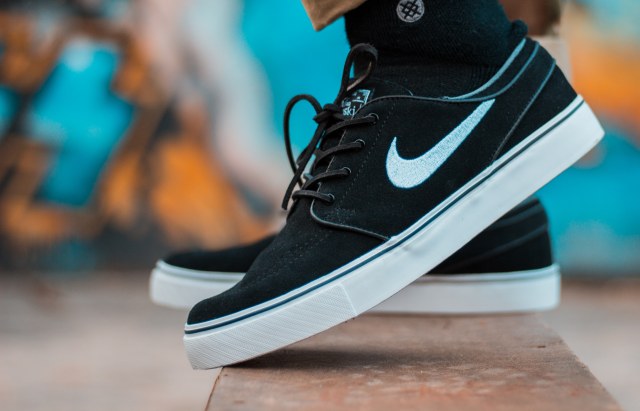
Huge multinationals such as Nike, are rocking the retailer marketplace and are now putting a large portion of their focus on D2C. They plan to grow this channel by 250%, where D2C sales will reach $16 billion by the end of 2020. With such an extensive change in their route to market, this has caused some retailers to become disgruntled.
It’s not all doom and gloom for Nikes retailers, as Nike will be able to provide insights to their partner retailers. It will be easier for the brand to test products and campaigns, then pass the meaningful information to their retailers, limiting the risk for the retailer.
The fashion industry were early adopters of the D2C model with the likes of Tamara Mellons, co-founder of Jimmy Choo, branching out for herself and redefining how luxury footwear is sold. Tamara understands that today’s customer lives in a digital world, whereas the footwear industry operates in an old-fashioned way. Being D2C focused, allows the brand to be far more agile, offering products that the consumer wants there and then, rather than the current format where retailers are selling autumn/winter products in the middle of a summer heatwave. This means that Tamara is no longer chained to the fashion calendar.
D2C doesn’t have to be your single route to market; you can always add multiple channels whilst your business is growing. D2C was the original sales channel for snack brand Graze. Founded in 2008, they sold healthy snack boxes via regular subscription, straight to your office or home. Over the years they have tailored their offering and now not only are you able to purchase their subscription boxes, but you can buy in bulk. They have also expanded from D2C and now supply retailers, who sell their products via the likes of Sainsbury’s, Tesco and Boots. In 2019 Graze was purchased by Unilever, which is part of Unilever’s expansion into D2C.

D2C may look like it’s only suitable for smaller consumables, this is far from the case. Most people are aware that Tesla Motors is unlike the usual car brands. They have stepped away from the standard dealership model and are now exploiting retail spaces. Their showrooms are cropping up in shopping centres, which allows their brand to be seen by a larger audience, rather than those actively visiting a dealer showroom – as these consumers tend to already be aware of the brand and what they have to offer.
Brands could be choosing D2C as they can see that the digital era is the driving force behind the shift. With billions of people using smartphones, consumers have a much higher expectation of customer experience. For example, they want to be able to purchase straight from their social media feeds. With current active Instagram users sitting at around 500 million worldwide, it’s easy to understand why Instagram want to utilise this audience base for brands to sell through to.
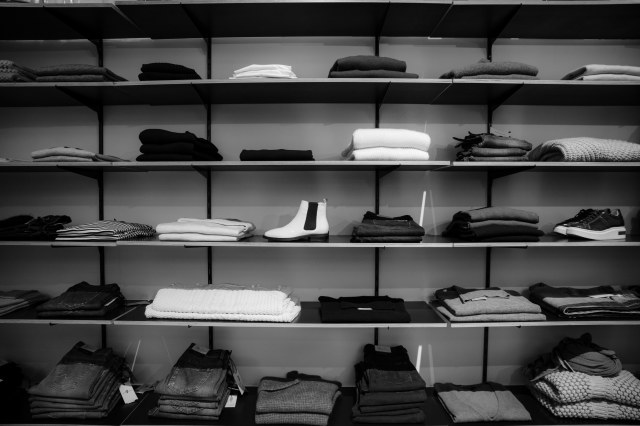
If you have two similar products on a retailer’s shelf, the consumer can easily pick either one of the products. If your item has been selected, you’ve won the sale, but not built any relationship with the consumer. If you sell the same product but from your own branded store, the customer has taken that decision to walk into your store over a retailer, and that gives you the perfect opportunity to build a relationship and brand loyalty at every touch point.
As well as physical stores, you will have a digital store, your eCommerce website. The great thing with digital shelf space, it’s endless. Meaning you can carry more inventory online than you could ever stock in a retailers store.
What do you need to consider before becoming a D2C brand?
There are several aspects to consider prior to changing to a D2C brand, and here is a small selection to think about below:
Strategic objectives - What are your objectives and what do you hope to achieve? Before making the leap, there needs to be a clear plan of what you want to achieve.
Brand Image – Are you prepared to have total control over your brand? Instead of having a retailer as a buffer, you will now have to take the lead on dealing directly with your customers.
Capabilities – Do you have the infrastructure to support the change? From the manufacturing down to how the product is delivered to the customer, every aspect needs to be agile enough to support a quick change in the business.
Affordability – Does the business have the capital to invest in the transformation? You no longer can rely on retailers to sell your products or provide you with purchase orders to pay for the manufacture of your products.
There is a dramatic shift into the digital era, and this is where D2C is best utilised. Consumers are the driving force, and with their demand for a better experience, brands and manufacturers can use this to their advantage, so long as it’s been fully considered and planned. D2C puts all emphasis on the brand, with no retailer to hide behind, small mistakes can be extremely costly and have a knock-on effect. The customer experience needs to be seamless, every customer touch point is an opportunity to sell products, from walking into the physical retail store to the mobile version of the website.
Colin Lewis, Marketing Week
Perhaps D2C is not a business model, but a mindset we could all learn from
Selecting the right eCommerce platform to support your D2C model
Like choosing the perfect retail space, selecting an eCommerce platform (and agency) can be vital in the success of driving your business forward. Luckily, we’ve created a short article to help you with your decision.
Choosing the best B2B eCommerce platform for 2021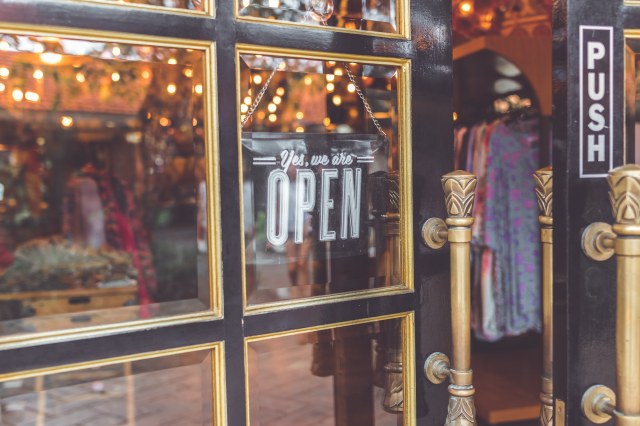
Initially, most D2C brands will want to have their own eCommerce website, but they’ll also need to look at utilising a physical store. This is something to consider when selecting your eCommerce platform, most will require a third-party integration with a till and retail management system – an additional cost, not only the implementation but training and support, that you will need to be factored into the overall expenditure. The good news is that Iconography can offer you an ‘omnicommerce’ retailing solution, which encompasses an enterprise level eCommerce platform with a new generation EPoS and retail management system, both being powered from a single database.
Iconography and Direct to Consumer clients
We believe D2C to be an excellent route to market. Our clients Lanka Kade and FootBalance fully utilise D2C to increase their sales revenue.
Lanka Kade is a family run business that sells fair trade wooden toys and gifts for children. They sell a large proportion of their products through their eCommerce website, but also via stockists and exhibitions.
FootBalance is an international footwear brand, that is pioneering D2C in the UK. They take full advantage of our ‘omnicommerce’ retail solution, comprising enterprise level eCommerce and OMNIS Retail.
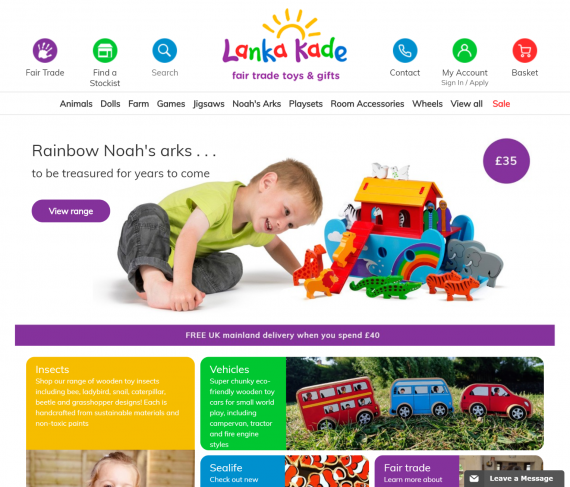
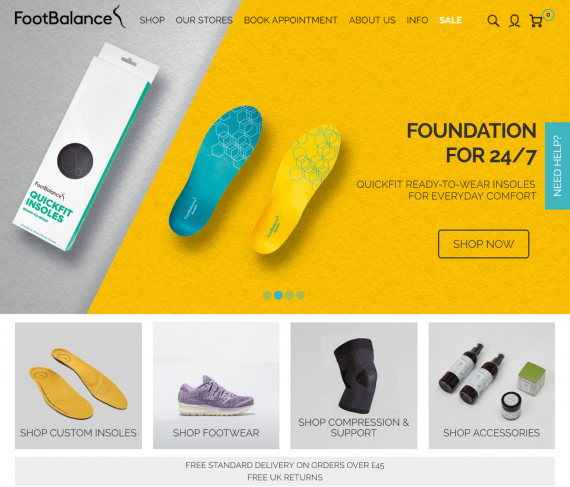
David Sleigh, Director, FootBalance UK
Iconography is our preferred partner. Our brief was complex - we needed a multi-brand eCommerce site which provided the consumer with different buying and booking options, as well as an EPOS system for our retail stores - we're delighted Iconography was able to provide this.

Custom B2B eCommerce
We understand how to structure eCommerce for trade customers. INTUS Trade provides the specific stock, lead time and product information they need and the pricing, promotion, ordering and delivery options necessary to ensure all our trade sites are a useful resource which supports customers and adds real value.
The team were always able to answer any questions we had and any issues we come up against were resolved
Craig Silvain, BM Steel
Get in Touch